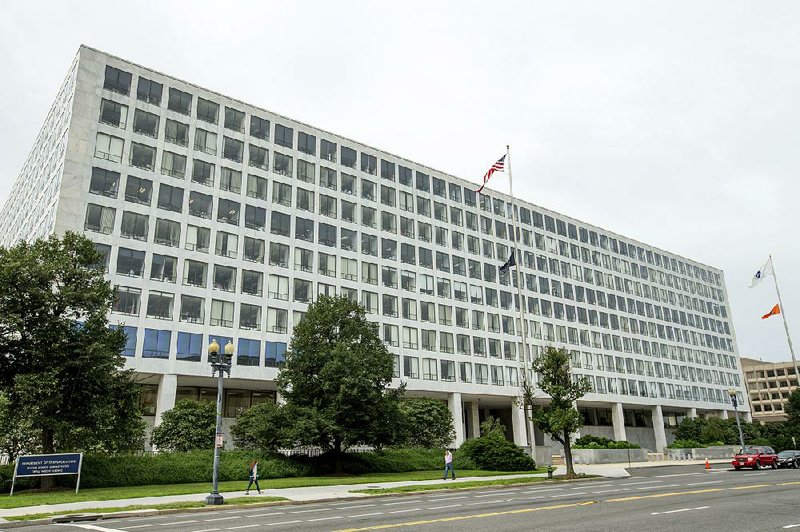Weeks after a deadly crash in Indonesia involving a Boeing plane in October, company officials met separately with the pilots unions at Southwest Airlines and American Airlines. The officials said they planned to update the software for their 737 Max jets, the plane involved in the disaster, by around the end of 2018.
It was the last time the Southwest pilots union heard from Boeing, and months later, the carriers are still waiting for a fix. After a second 737 Max crashed, on Sunday in Ethiopia, U.S. regulators said the software update would be ready by April.
"Boeing was going to have a software fix in the next five to six weeks," said Michael Michaelis, the top safety official at the American Airlines pilots union and a Boeing 737 captain. "We told them, 'Yeah, it can't drag out.' And well, here we are."
This delay is now part of the scrutiny over Boeing's response after the first air disaster, a Lion Air accident that killed 189 people in Indonesia. The second crash, involving an Ethiopian Airlines flight that killed 157 people, bore similarities to the first, pointing to potential problems with the automated system that requires the update.
The planned fix was "designed to detect the problem," said Jon Weaks, the president of Southwest's pilots union, "and keep it from recurring." Boeing officials told Southwest union leaders that they didn't believe any extra training was necessary beyond informing the pilots of how the software fix would function.
The potential similarities between the two crashes were central to regulators' decision to ground the whole 737 Max line, a family of planes that has been in service for nearly two years.
Along with the grounding, Boeing has been forced to halt deliveries of the jets, one of its best-selling planes. Authorities are trying to determine exactly what went wrong, while a senior Democratic lawmaker is planning to examine Boeing's ties with its regulators.
The lawmaker, Rep. Peter DeFazio, D-Ore., the chairman of the House transportation committee, has said he will investigate the Federal Aviation Administration's certification of the 737 Max, including why the regulator did not require more extensive training for pilots.
The Boeing 737-100, introduced 50 years ago, was designed to ride low to the ground to accommodate folding metal stairs attached to the fuselage that passengers climbed to board before airports had jetways. The design also made it easier on ground crews, who hand-lifted heavy luggage into the cargo holds in those days.
That low-to-the-ground design was a plus in 1968, but it has proved to be a constraint that engineers modernizing the 737 have had to work around ever since. The compromises required to push forward a more fuel-efficient version of the plane -- with larger engines and altered aerodynamics -- led to the complex flight control software system that is now under investigation in the two crashes.
"Boeing has to sit down and ask itself how long they can keep updating this airplane," said Douglas Moss, an instructor at the University of Southern California's Viterbi Aviation Safety and Security Program.
Over the years, the FAA has implemented new and tougher design requirements, but a derivative model of an existing plane gets many of the designs grandfathered in, Moss said.
For more than six decades, the FAA has relied on employees of airplane manufacturers to do government-required safety inspections as planes are being designed or assembled.
Critics say the system, dubbed the "designee program," is too cozy as company employees do work for an agency that's responsible for keeping the skies safe while being paid by an industry that the FAA is regulating.
The FAA's oversight duties are coming under greater scrutiny after the deadly crashes in Ethiopia and Indonesia. The U.S. was nearly alone in allowing the planes to keep flying until it relented on Wednesday after getting satellite evidence showing the crashes may be linked.
Information for this article was contributed by Natalie Kitroeff, Jack Nicas and Thomas Kaplan of The New York Times; by Tom Krisher, David Koenig and Dee-Ann Durbin of The Associated Press; and by Ralph Vartabedian of the Los Angeles Times.
Business on 03/16/2019
